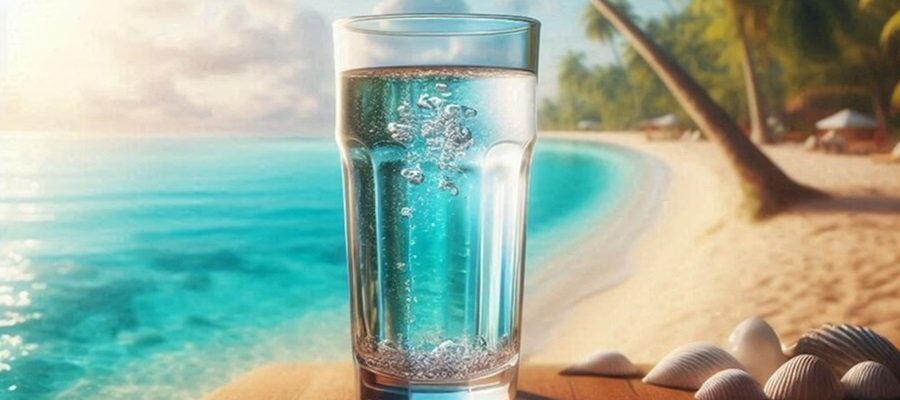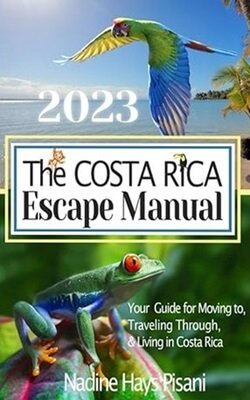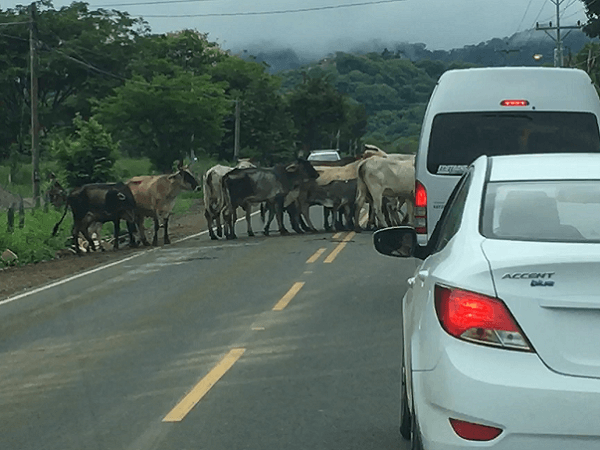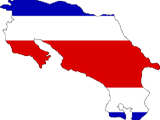- Home
- Visiting Costa Rica
- Drinking Water
Search this site
Is the Drinking Water in Costa Rica Safe ?

Boasting lush rainforests, dazzling
beaches, and world-class ecotourism, Costa Rica is a dream come true for
the adventure-seeking traveler. Nonetheless, the common question "is drinking
water in Costa Rica safe?" is a common concern for many tourists.
Understanding the answer requires a holistic look at the country's water
testing methods, the source of its water, and who spearheads the
management and safety regulations for this precious resource.
Costa
Rica's national water control agency, known officially as The Instituto
Costarricense de Acueductos y Alcantarillados (AyA), is tasked with
monitoring the nation's water quality. AyA conducts rigorous and regular
testing of Costa Rica's water supply, with the goal of ensuring its
safety and cleanliness for all residents and visitors alike.
Every small town has an AyA "Asada" or mini water division that is responsible for regulating the water in their area. AyA follows a stringent testing process, largely
in adherence with international standards. The testing involves both
chemical and microbiological analysis to gauge the water's cleanliness
and safety.
Chemical testing includes examining the water for
harms like heavy metals, pesticides, and other harmful chemicals.
Meanwhile, microbiological testing involves scrutinizing the water for
potentially harmful bacteria and viruses, ensuring it is safe for direct
consumption.
Engaging
in a wide range of responsibility, AyA's role includes maintaining
water infrastructure, managing wastewater systems, and most importantly,
ensuring the drinking water in Costa Rica is safe. This organization, the linchpin
of water safety strategy, ensures sufficient potable water
is available for both rural and urban areas.
AyA's role doesn't end at testing. Once water is
deemed safe, the agency's work continues with rigorous monitoring and
evaluation, to ensure the water remains safe and clean for use. Regular
checks throughout the year are conducted to maintain the highest
standards of water quality.
The effectiveness of AyA's stringent
measures translates into Costa Rica achieving one of the top rankings
among Latin American countries when it comes to safe drinking water.
Despite these positive statistics, water quality varies across this
diverse country.
Close to 99% of Costa Rica's urban population
have access to good quality drinking water, which is also largely safe
to drink straight from the tap. The nation's capital, San Jose, and
other significant urban areas, such as Heredia, Alajuela, and Cartago,
consistently enjoy good quality tap water. In these cities, the
water is often sourced from mountain-fed rivers and reservoirs, which
naturally offer cleaner water. Costa Rica's verdant geography and
abundant rainfall ensure a continual source of natural freshwater
getting enriched from its nutrient-rich soils and forests.
But
not all regions in Costa Rica have the same quality of drinking water as
in urban centers. In remote rural areas such as the Osa Peninsula and Caribbean coast plus on the outskirts of many small towns,
it is wise to be cautious about drinking tap water directly. In these areas it is highly recommended to drink bottled water due to contaminants form pesticides used in growing crops, waste from animals and residue from man made waste can make their way into the water system, especially during periods of heavy rains. These
remote areas often get their water from local wells and springs, whose
quality can vary greatly. While many such water sources are perfectly
safe, there can be issues with contamination, especially during the
rainy season when surface runoff can pollute these sources.
As
well, in the coastal regions, especially along the Pacific Coast, the
local water can contain higher mineral content due to the presence of
underground salts. These are usually safe but can cause mild stomach
upsets for those not acclimated to the mineral-rich water. The water here can also be very high in calcium that is derived from limestone in the ground that leaches into well water leading to problems with kidney stones.
The
Guanacaste region, located in the Northwestern part of Costa Rica, is a
known area where water quality and supply can be inconsistent. Undeniably
picturesque with its sprawling beaches and resorts, this region has had
occasional issues with water supply, especially during the dry season. Water outages can occur without notice and last for days.
Tourists
who are unsure about the local water quality in the area they will be
visiting can resort to a few backup plans. The most foolproof choice is
to stick to bottled water, widely available all over the country. Alternatively,
water purification tablets, UV filters, or even boiling water can be
used to treat any questionable water. These methods can ensure that the
water is safe for consumption, no matter where you are in the country.
While
these precautions are endorsed by many travel guides, it is essential
to remember that most parts of the country do have access to clean, safe
drinking water in Costa Rica. Understanding the variation across the country is key to staying healthy and enjoying your slice of paradise.
AyA's
commendable work has also aided in the success of many rural water
supply programs (ASADAS). These community-managed systems provide safe
drinking water to tens of thousands of households in the country's most
remote areas. Nevertheless, the situation is not perfect. AyA,
like any human operation, isn't infallible. There may be occasional
breaches and failures, which could lead to short-term water quality
issues. In such instances, AyA is fast to issue warnings and
guidelines, either through local news outlets or directly through the
community's systems. Locals and tourists are advised to stay in tune
with such announcements, especially during the rainy season when risks
can escalate.
Additionally, water conservation is an ongoing
challenge, with occasional shortages reported, especially during the
peak of the summer. It's not uncommon for certain regions to experience
disruptions in water supply for several days in a row due to scarcity.
Despite these
challenges, Costa Rica remains steadfast in its commitment to providing
clean water to all inhabitants, and significant strides are being made
regularly in this direction. The country's ambitious goal of 'clean
water for all' is not a far-fetched notion but a tangible reality being
actively pursued.
So, after understanding the water quality
landscape across Costa Rica and the role AyA plays in water quality
control, the overall verdict is positive. The water in Costa Rica,
especially in urban areas and the majority of tourists’ destinations, is
typically safe to drink.
This reassuring answer, however, is not
a green signal to throw caution to the wind. Visitors should always
consume water mindfully, especially when traveling to more secluded
regions or during the rainy season, when water sources could be
contaminated due to increased runoff.
When visiting Costa Rica,
do not let water safety concerns overshadow the enjoyment of this
captivating land. Embrace its diversity and beauty; take in its
resplendent wildlife, its lush landscapes, and its charming towns.
All
the while, relieve your thirst with its crisp, clean water,
experiencing the purity of this natural resource, as delicious as it is
refreshing. Savor it with confidence in the majority of the country and
common sense in areas where safety could be a concern.
The
bottom line is, yes, drinking water in Costa Rica is generally safe,
thanks to the laudable efforts of the Costa Rica water control agency,
AyA. But like any travel to foreign lands, a small measure of caution
only adds to the experience and harmony of your journey. Enjoy the
pristine beauty that is Costa Rica and drink to its purity.











